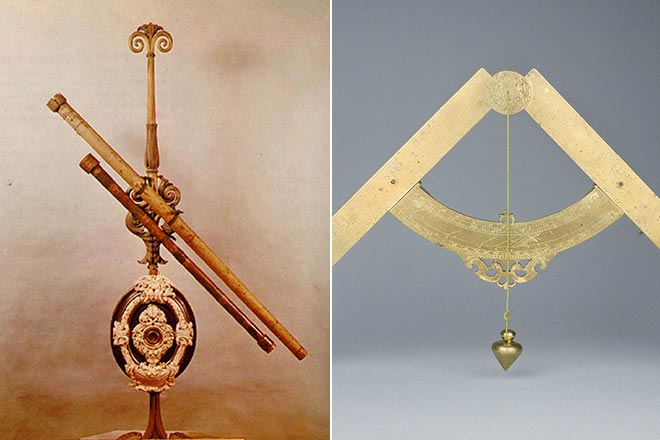

He was the first scientist to fully understand the laws of motion, gravity, optics, and calculus. Newton was known as an excellent mathematician and physicist. This gathered light was then focused by a smaller flat diagonal mirror on the opposite side of the telescope.Īn image was formed in an eyepiece on one side of the telescope. Newton’s Reflector telescope used a large concave primary lens to gather light. He built the first reflector telescope with a design incorporating a small flat diagonal mirror. Isaac Newton invented the reflector telescope. He named them after himself, calling them Christiaans Ringen. He documented the true shape of Saturn’s rings. He discovered a bright moon orbiting Saturn, which he called Saturni Luna. The telescope could be used to observe the moon, sun, or any object in space.Ĭhristiaan Huygens made detailed observations of Saturn using his telescope. The tube contained a lens that focuses light onto the eyepiece, which then magnified the image. The telescope had two parts: a tube containing lenses, and an eyepiece. These improvements led to the development of the modern astronomical telescope. This design incorporated many improvements over the original telescope designs, including the ability to use a larger aperture and a wider field of view. In 1654, Christiaan Huygens’ improved design was patented. He also explained how telescopes work, he discovered the properties of total reflection, and he became the first person to describe real, virtual, and inverted images. This design allowed the observer to use a single eyepiece to both observe and magnify the object. Kepler’s Telescope Design Improvementīy 1611, Kepler developed a better design for the telescope and published his findings in De Stella Nova. His observations also confirmed that Venus rotated around the Sun. He also observed the rings of Saturn, sunspots on the surface of the Sun, and the discovery of four moons around Jupiter: Io, Europa, Ganymede, and Callisto. He pointed out the existence of the Milky Way. He discovered many things about the Moon, Sun, and planets. Galileo was the first person to use a telescope to study the stars. He also added a focusing mechanism to allow the user to adjust the magnification. Galileo improved upon the design of the telescope, adding a third lens to improve the quality of the image. Galileo then begins to design his version of the telescope. He gave the finished product to Jacques Bovedere, who reported the invention to Galileo.


This new model was capable of magnifying distant objects up to five times and had a focal length of about eight inches (20 cm). While the first model was a simple device consisting of a convex objective and a concave eyecup, the second model was much larger than the previous version and included several additional parts. The second model was called the ‘telescope’ and was completed in 1609. He wasn’t the first person to make a telescope, nor was he the first person to make the first telescope.Įventually, he made a working model of the device, but it didn’t function very well.Īfter many trials and errors, Hans finally got the right combination of lenses and mirrors to create a successful instrument. Lippershey invented the first telescope, but not until several years later did he apply for a patent.

This telescope was used during the 17th century. This telescope could magnify objects up to 3 times. This telescope had concave eyepieces that were aligned with another objective lens and was named an “eyeglass”. He made this invention because he wanted to see more things than he could see with his eyes alone. A Dutchman named Hans Lippershey patented the first telescope in 1608. Telescopes were used by the Dutch in the 17th century.


 0 kommentar(er)
0 kommentar(er)
